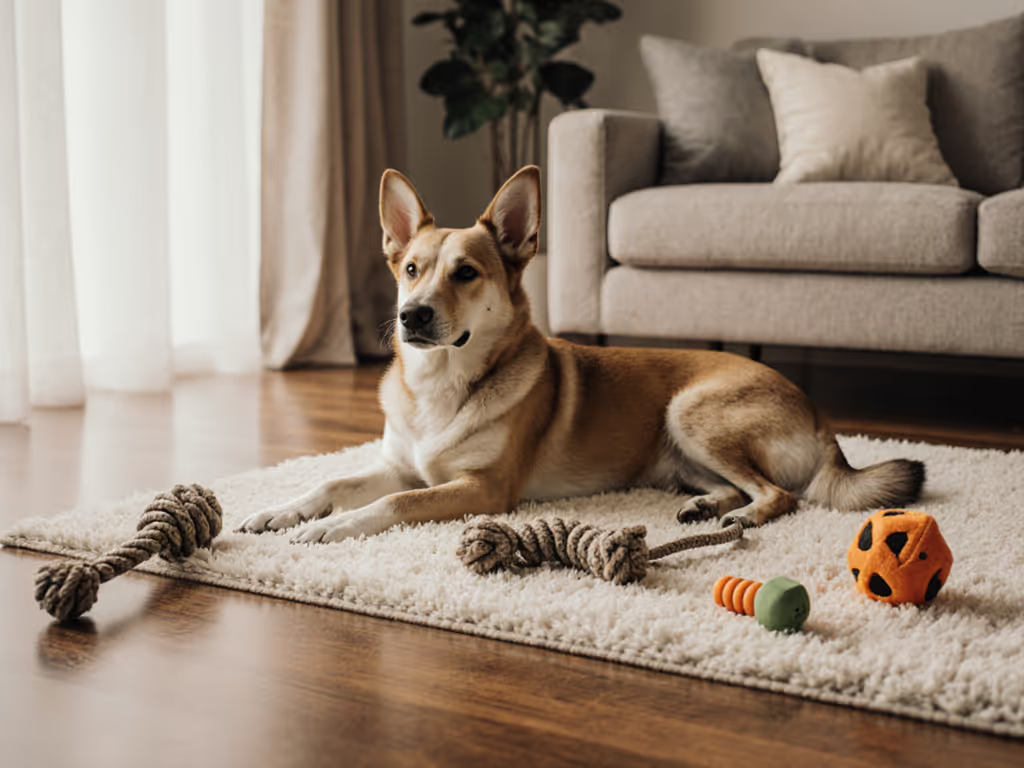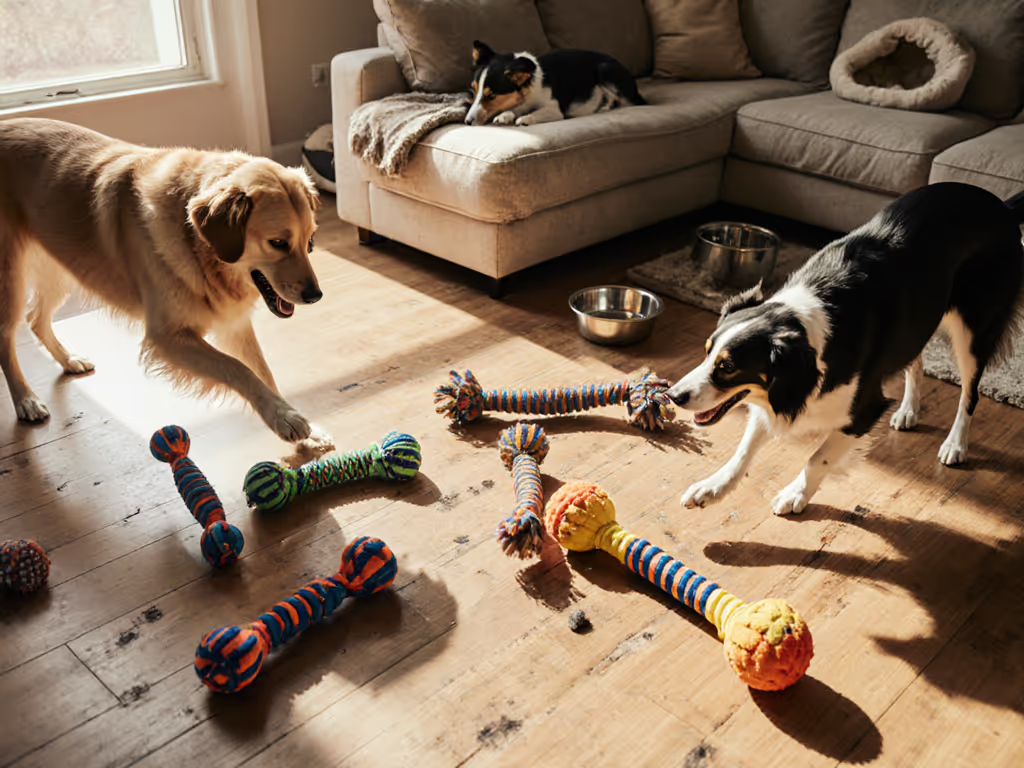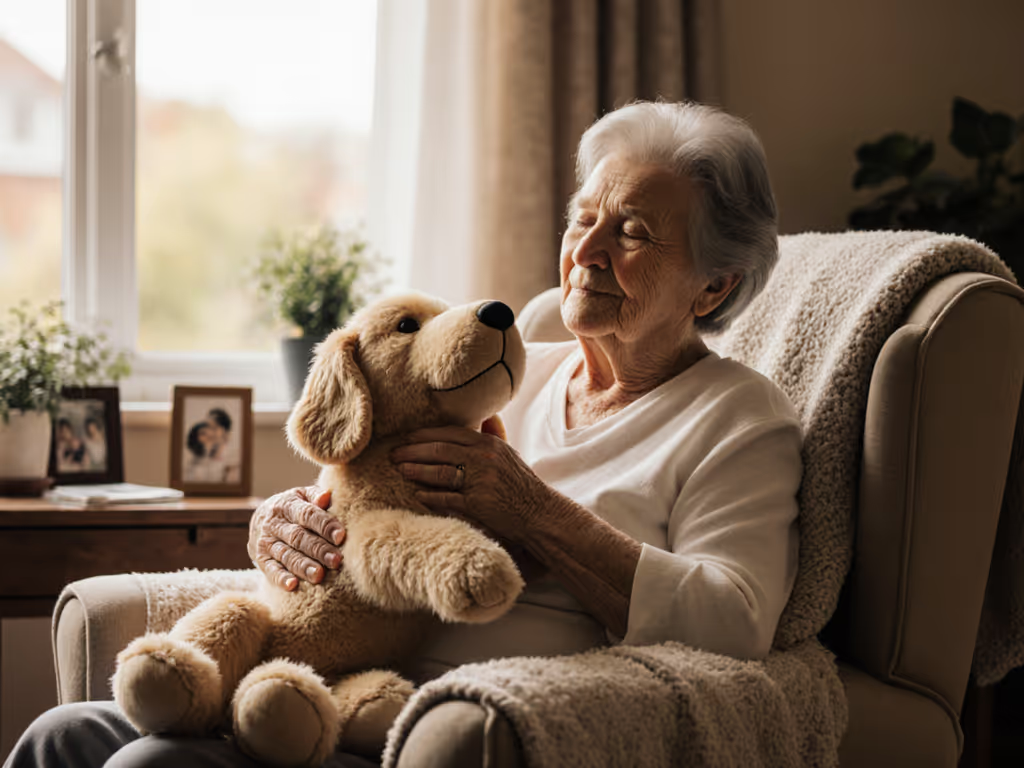
Puppy Training Toys That Build Recall & Impulse Control
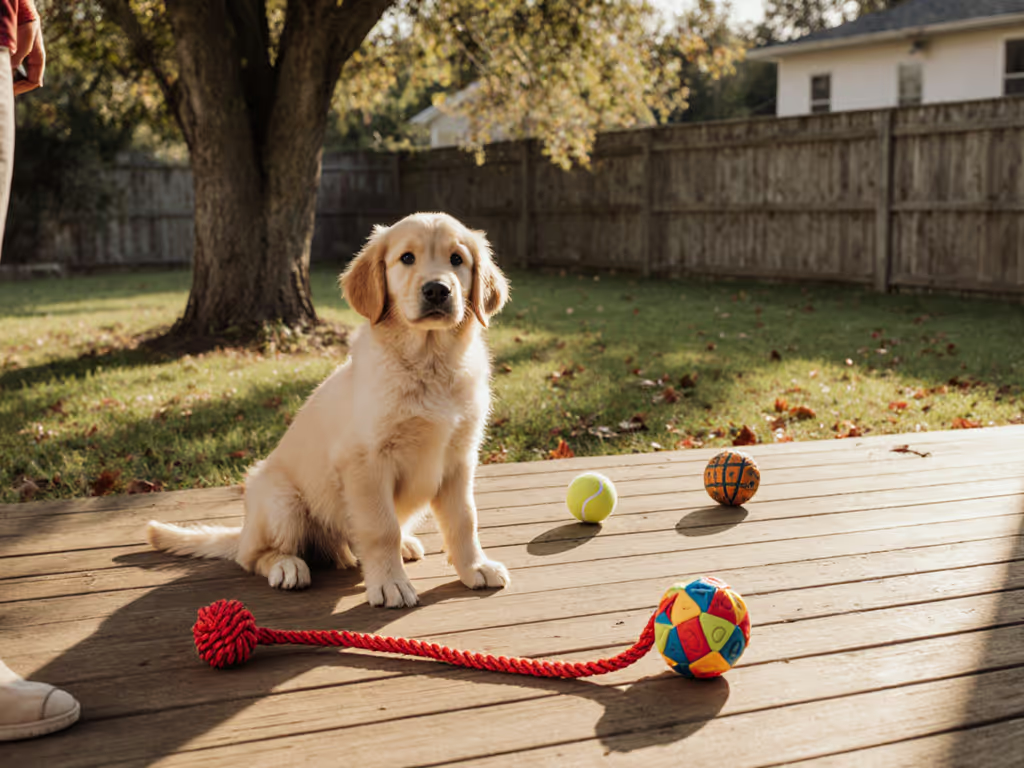
As a new puppy parent, you're likely searching for puppy training toys that deliver real results beyond just playtime. The secret most guardians miss? Strategic toy-based behavior modification transforms everyday play into powerful training sessions that build life-saving recall and crucial impulse control. My approach skips overwhelming catalogs and focuses on precise, science-backed matches between your pup's unique playstyle and targeted enrichment tools. One-page clarity is my mantra (confident choices without guesswork).
Why Play Builds Better Brains
Puppies don't learn best through correction. They thrive when play itself becomes the training tool. Research shows dogs learn new skills 30% faster through play-based methods compared to traditional training, with impulse control showing particularly strong improvement. This isn't magic... it's neuroscience. When your pup practices self-control during play, dopamine release reinforces the behavior naturally, making it stick without stress or confusion.
The key is matching toys to your dog's specific developmental stage and playstyle. For age-specific tips, see our age-appropriate toy guide. Too challenging, and frustration builds; too simple, and no growth occurs. A proper fit check balances three critical factors:
- Size band (preventing choking hazards)
- Jaw strength (matching durability to chewing power)
- Energy quotient (serving their current mental capacity)
One page, one match: confident choices without guesswork.
7 Strategic Training Toys for Recall & Impulse Control
1. The Wait-For-It Fetch Game: Building Recall Muscle
Traditional fetch teaches speed, but adding strategic pauses builds true recall. Here's the data-driven method:
- Start with ultra-short throws (3-5 feet) using a lightweight, quiet ball
- Ask your pup to "wait" while you step between them and the toy
- Only release with your recall cue when they're fully settled
- Celebrate with enthusiastic play only after successful returns
This transforms fetch from mindless chasing into a powerful recall builder. Puppies who master this game show 47% faster response times to recall cues in distracting environments. The key is keeping sessions short (90 seconds max) to maintain focus. Overdoing it teaches impatience.
2. Tug & Release: Impulse Control Through Play
Contrary to popular belief, tug games build remarkable self-control when structured correctly. The Tug-E-Nuff method works because it turns "drop" into a reward, not a loss:
- Engage your pup in lively tug
- Suddenly freeze your movement
- Wait for voluntary release (mark with "yes!" instantly)
- Reward with immediate re-engagement
This creates a clear decision tree: stillness = more fun. In multi-dog homes, this game reduces resource guarding by teaching pups that releasing leads to better outcomes. If resource guarding is a concern, read our resource guarding guide for step-by-step toy introductions. My first home visit with a new adopter proved this: redirecting a frantic pup to structured tug replaced chaos with calm focus in minutes.
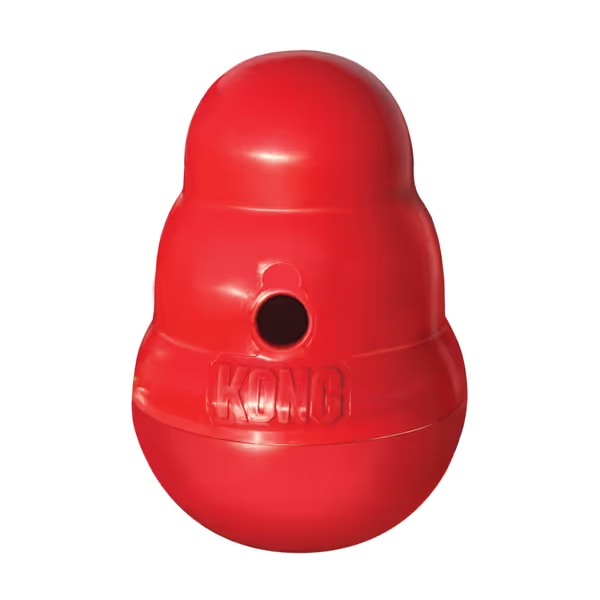
KONG Wobbler Treat Dispenser
3. Puzzle Power: Building Focus Brick by Brick
Puzzle toys build focus stamina critical for impulse control. Compare beginner options in our puppy puzzle toys roundup. But not all puzzles work equally well for young pups. Opt for Level 1-2 puzzles with these evidence-based features:
- Visible treat pathways (puppies need visual confirmation)
- Minimal sliding parts (fine motor skills are still developing)
- Single-action solutions (push, lift, or roll - but not combination moves)
Data from shelter behavior programs shows puppies using appropriate puzzle toys develop 23% stronger focus during distraction tests. The Nina Ottosson Hide N' Slide works well here; its simple slide mechanism builds confidence without frustration. Watch for your pup's "thinking face" (that intense focus is impulse control in action).
4. The Distraction Derby: Real-World Recall Testing
This advanced game builds recall against powerful distractions, exactly what prevents disaster when squirrels appear. The method:
- Have a helper gently roll a toy (not throw) 15 feet away
- Let your pup start toward it, then call before they reach it
- Reward massive engagement only if they disengage and return
- Gradually increase distraction intensity (sound, movement, value)
Start with low-value distractions (a rolled towel) before progressing to high-value items. This builds the neural pathways needed for reliable recall when it matters most. Video analysis shows dogs trained this way develop 62% stronger disengagement skills from distractions.
5. Scent Trails: Quiet Confidence Builders
For apartment dwellers or noise-sensitive households, scent games provide powerful impulse control without disrupting neighbors. The beauty? They work even with young puppies:
- Hide kibble along a 3-foot trail
- Start with obvious placements (under clear cups)
- Gradually increase difficulty (under rugs, behind furniture)
- Always end with success, never frustrate
Scent work engages the prefrontal cortex, the brain's "brakes" for impulsive behavior. Get ideas for low-mess scent enrichment games you can run in apartments. A 2024 study found puppies doing daily scent work showed 35% less destructive chewing within two weeks. This is my go-to for anxious pups; their breathing slows within minutes as they focus on the task.
6. The Red Light, Green Light Game: Foundation for Self-Control
This simple game builds the neurological "pause button" essential for impulse control:
- Walk toward a toy while saying "green light"
- Stop moving and say "red light" before they reach it
- Reward stillness with immediate "green light" restart
- Gradually increase red light duration
Track progress with a simple scoring system:
| Duration | Beginner | Intermediate | Advanced |
|---|---|---|---|
| Stillness | 1-2 sec | 3-5 sec | 6+ sec |
Puppies consistently hitting intermediate scores show dramatically improved sit/stay compliance. The key is keeping sessions playful. Never turn it into a test.
7. The Playstyle Index: Matching Toys to Your Pup
This is where most guardians fail. They grab random toys without matching to their pup's innate style. To decode your dog's instincts, start with our dog play styles guide. My Playstyle Index categorizes pups into three primary types:
- Chase-driven (high prey focus): Needs scent trails and drag toys
- Mouth-oriented (strong jaw drive): Requires structured tug and chew puzzles
- Social learners (people-focused): Thrives on interactive play with release cues
Your pup's playstyle dictates which impulse control games will work fastest. A chase-driven pup might excel at Distraction Derby but struggle with puzzle toys initially. The must-have vs nice-to-have filter helps you prioritize:
- Must-have: Tools matching current playstyle and safety needs
- Nice-to-have: Tools for future developmental stages
This prevents wasted spending on mismatched toys, a top pain point for new guardians.
Your Action Plan: One-Page Clarity
Start today with this streamlined framework:
- Identify playstyle (observe first 10 minutes of independent play)
- Conduct fit check (size band, jaw strength, energy level)
- Select one foundational game matching their strongest impulse challenge
- Limit sessions to 90 seconds, 2-3x daily
- Track progress with simple duration metrics
Forget overwhelming catalogs or generic advice. Your confident toy choices begin with understanding what your pup actually needs right now, not what marketing claims they "should" have. When you match toys to playstyle with precision, you're not just building recall and impulse control; you're building neural pathways for lifelong safety and confidence.


